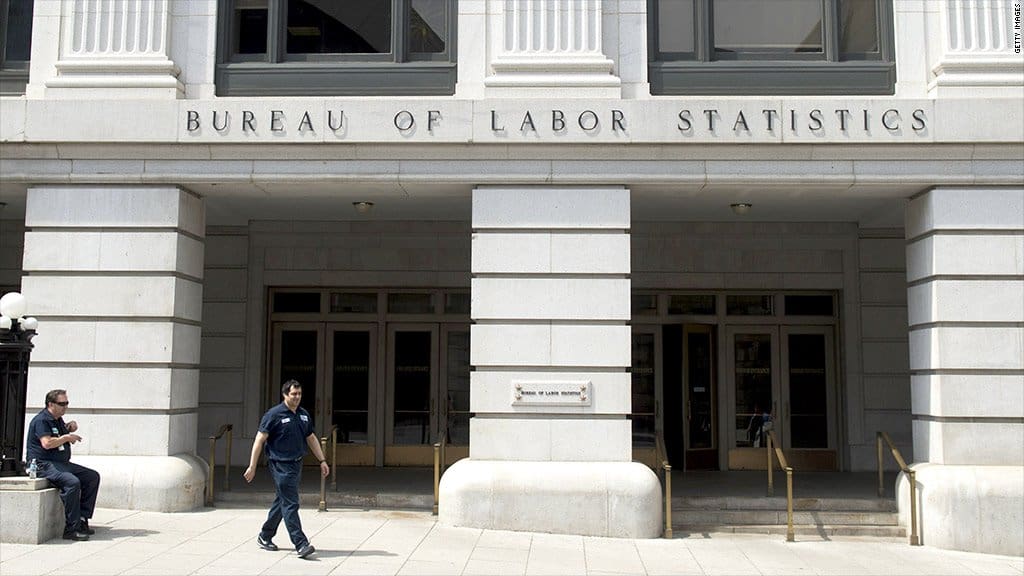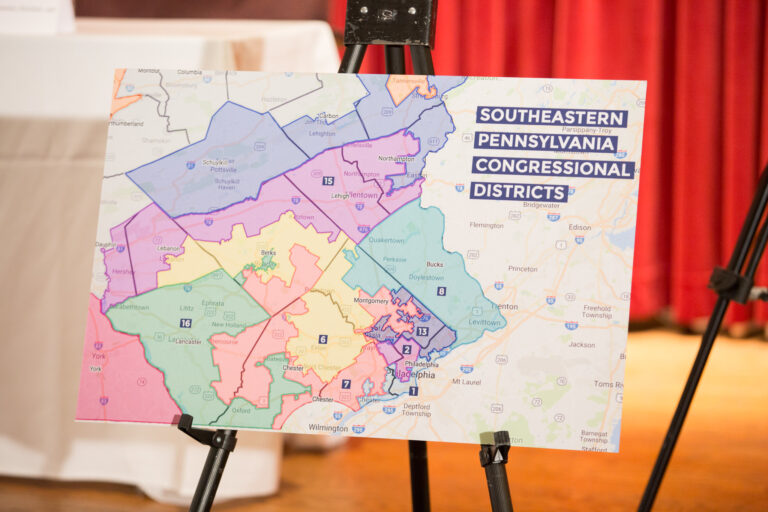
Sharon Block is a Professor of Practice and the Executive Director of the Center for Labor and a Just Economy at Harvard Law School.
Some of the hottest questions in labor policy over the past few years have been: how big is the “gig economy” or the “fissured workplace” or the “on-demand sector”? The Bureau of Labor Statistics gave its surprising answer to this question last week: smaller than it used to be.
Some background: In 2016, the Department of Labor announced that it was reinstating the Contingent Worker Supplement, a survey structured to get information on workers in alternative employment arrangements, including independent contractors, on-call workers, temporary help agency workers, and workers provided by contract companies. DOL had last done the CWS in 2005. In the absence of official government data, lots of anecdotes and supposition about the size of these phenomena took hold. In 2016, two very prominent labor economists, Larry Katz of Harvard and Alan Krueger of Princeton, both former DOL chief economists, conducted their own version of the CWS. Their results suggested that the percentage of the U.S. labor force engaged in these kinds of contingent relationships had grown substantially since 2005 – from 10.1 percent to 15.8 percent of the total workforce.
The expectation of many was that the BLS’s rerun of the CWS would confirm the widespread assumption that this was a big and growing segment of the workforce. It seemed intuitive – the last time DOL ran the CWS Uber didn’t even exist, no one had heard of the “fissured workplace” and we hadn’t yet experience the Great Recession.
[Full disclosure: I was at DOL when we made the decision to rerun the CWS. In a blog post announcing our commitment to fund the survey, I highlighted the Katz and Krueger findings and framed the point of rerunning the CWS as determining how much the sector had grown, not whether it had grown.]
Key Findings: Most of the attention since last week’s announcement has been on the top line finding in the CWS that the share of the American workforce in contingent work relationships has decreased since 2005 – from a range of 1.8 percent to 4.1 percent in 2005 to a range of 1.3 percent to 3.8 percent in 2017. The share of independent contractors also decreased – from 7.4 percent to 6.9 percent. But those two surprising statistics do not tell the whole story. Other key findings include:
- The total number of workers in non-standard work relationships grew to 15.5 million workers up from 14.8 million workers in 2005.
- Almost half of temporary workers would prefer to have a permanent job.
- Black and Latinx workers are overrepresented among temporary workers.
- The occupational mix of nonstandard workers shifted significantly away from clerical and office work to production and transportation jobs.
Key Takeaways: While the CWS findings are important and should be taken seriously in considering policy proposals to rebalance the economy for middle and low income workers and address income inequality, there also are some important caveats to keep in mind:
- Although the percentage of workers in non-standard work relationships decreased, the total number increased. Fifteen million workers is a lot of workers. Addressing their needs and challenges should remain an important policy priority, but should not overshadow the need to find ways to improve the quality of standard jobs.
- Because the CWS by design only counts workers whose primary job is nonstandard work, it purposely does not cover a large number of workers in these nonstandard relationships. For example, left out of the CWS are all of those Uber drivers who don’t make enough money in their primary job to make ends meet and who therefore drive to supplement their income. We still have no reliable data on the size of this cohort.
- The CWS, also by design, misses several significant aspects of how work relationships are “fissuring.” For example, employees of subcontractors who work on the site of the subcontractor’s business, not the primary employer’s worksite, are not counted. The CWS only asks employees of subcontractors whether they work at the “customer’s worksite.” In addition, the CWS does not ask about franchise relationships.
- One reason why these results are so surprising is because they come out of a 13-year-long void. They give us a snapshot of the workforce in 2017 to compare to a snapshot from 2005. We have very little knowledge of what happened during the intervening period. We wouldn’t feel such whiplash if we had had insight into how the trend in this sector had been developing. Policy by whiplash is not optimal.
One very important lesson we should learn from this experience is that it is critical to adequately fund the Bureau of Labor Statistics so that policymakers have the data they need to make good, informed decisions. The Trump Administration has not said whether they are planning to run the CWS again. The signs are not promising – they have sought to decrease DOL’s budget two years in a row.










Daily News & Commentary
Start your day with our roundup of the latest labor developments. See all
December 17
The TSA suspends a labor union representing 47,000 officers for a second time; the Trump administration seeks to recruit over 1,000 artificial intelligence experts to the federal workforce; and the New York Times reports on the tumultuous changes that U.S. labor relations has seen over the past year.
December 16
Second Circuit affirms dismissal of former collegiate athletes’ antitrust suit; UPS will invest $120 million in truck-unloading robots; Sharon Block argues there are reasons for optimism about labor’s future.
December 15
Advocating a private right of action for the NLRA, 11th Circuit criticizes McDonnell Douglas, Congress considers amending WARN Act.
December 12
OH vetoes bill weakening child labor protections; UT repeals public-sector bargaining ban; SCOTUS takes up case on post-arbitration award jurisdiction
December 11
House forces a vote on the “Protect America’s Workforce Act;” arguments on Trump’s executive order nullifying collective bargaining rights; and Penn State file a petition to form a union.
December 8
Private payrolls fall; NYC Council overrides mayoral veto on pay data; workers sue Starbucks.